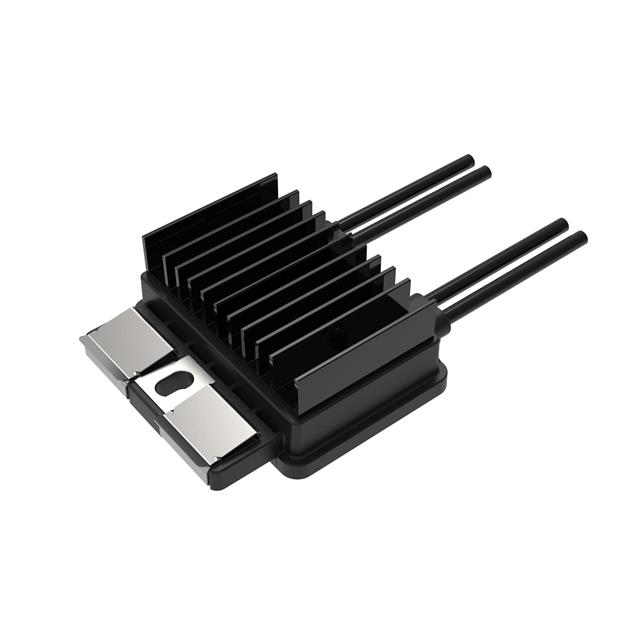Categories
- Solar Cells(2)
- 1
Solar cells are devices that convert sunlight directly into electrical energy. They use the photovoltaic effect to convert photon energy into electric current, and are widely used in solar power systems, portable electronic devices, vehicles, and space technology. Common solar cell materials include silicon, polycrystalline silicon, and thin-film materials, with efficiency and cost varying based on the materials and manufacturing processes used.

Solar Cells
Solar cells, also known as photovoltaic (PV) cells, are devices that convert sunlight directly into electricity through the photovoltaic effect. They are a key component of solar panels and play a vital role in renewable energy systems.
How Solar Cells Work:
- Photovoltaic Effect:When sunlight strikes a solar cell, it energizes electrons in the cell's semiconductor material (typically silicon). This energy allows the electrons to break free from their atoms, creating electron-hole pairs.
- Electric Field Creation:Solar cells are designed with a built-in electric field, created by doping the semiconductor with specific materials. This field drives the freed electrons toward one side of the cell, while the holes (positive charge carriers) move to the opposite side.
- Electric Current Generation:As the electrons accumulate on one side, a voltage is created. When the solar cell is connected to an external circuit, the movement of these electrons generates direct current (DC) electricity.
Types of Solar Cells:
- Monocrystalline Solar Cells:Made from a single crystal structure, these cells are highly efficient and have a longer lifespan but are generally more expensive.
- Polycrystalline Solar Cells:Composed of multiple crystal structures, these cells are less efficient than monocrystalline but are more cost-effective to produce.
- Thin-Film Solar Cells:Made from layers of photovoltaic material, these cells are lightweight and flexible, allowing for diverse applications, though they typically have lower efficiency.
- Bifacial Solar Cells:These cells can capture sunlight on both sides, increasing energy generation potential, especially in reflective environments.
Applications:
- Residential Solar Panels: Used on rooftops to generate electricity for homes, reducing dependence on grid power.
- Commercial Solar Installations: Large-scale solar arrays power businesses, contributing to sustainability and cost savings.
- Off-Grid Systems: Solar cells provide electricity in remote locations where traditional power sources are unavailable.
- Solar-Powered Devices: Used in calculators, watches, and other small electronics.
Advantages:
- Renewable Energy Source: Solar energy is abundant and sustainable.
- Reduced Electricity Bills: Generating your own electricity can significantly lower energy costs.
- Low Environmental Impact: Solar cells produce clean energy without harmful emissions.
In summary, solar cells are a fundamental technology in harnessing solar energy, providing a renewable and environmentally friendly source of electricity for a wide range of applications.







